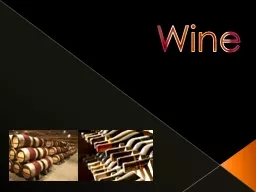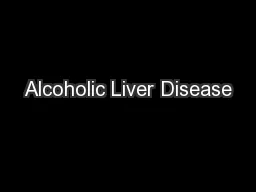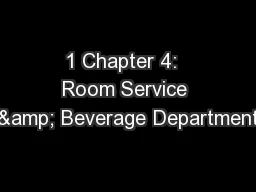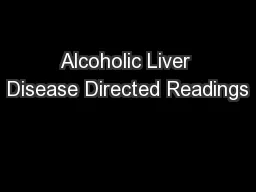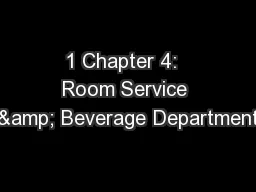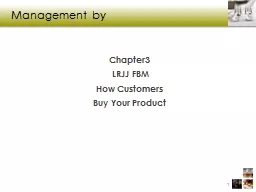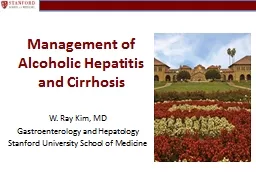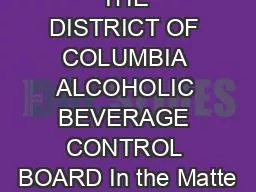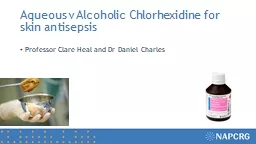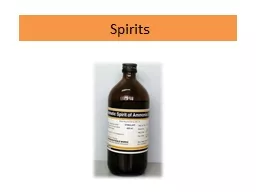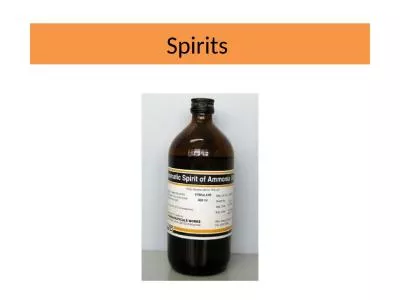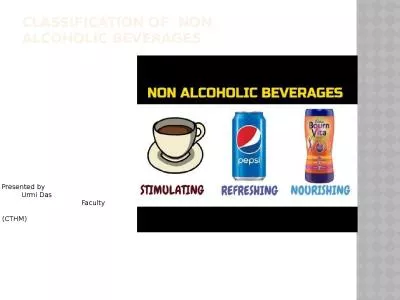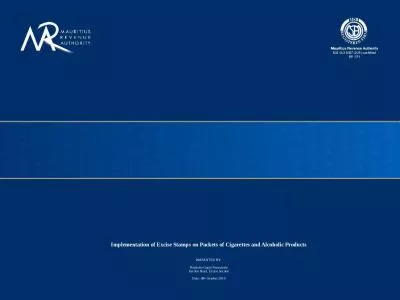PPT-Wine Wine - is an alcoholic beverage
Author : danika-pritchard | Published Date : 2018-03-16
made from fermented grapes or other fruits The natural chemical balance of grapes lets them ferment without the addition of sugars acids enzymes
Presentation Embed Code
Download Presentation
Download Presentation The PPT/PDF document "Wine Wine - is an alcoholic beverage" is the property of its rightful owner. Permission is granted to download and print the materials on this website for personal, non-commercial use only, and to display it on your personal computer provided you do not modify the materials and that you retain all copyright notices contained in the materials. By downloading content from our website, you accept the terms of this agreement.
Wine Wine - is an alcoholic beverage: Transcript
Download Rules Of Document
"Wine Wine - is an alcoholic beverage"The content belongs to its owner. You may download and print it for personal use, without modification, and keep all copyright notices. By downloading, you agree to these terms.
Related Documents

